Copy VMware Workstation VM to ESXi: Home Lab
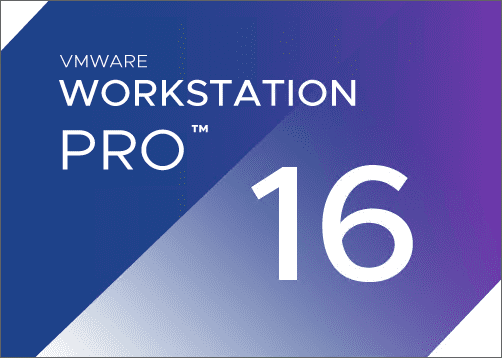
When it comes to building your first home lab, there is nothing wrong with starting out with VMware Workstation. Realistically, this may be all you need. Having a decent workstation or laptop with a good bit of RAM running VMware Workstation is a great learning tool to get started playing around with VMware technologies, included nested environments. With modern versions of VMware Workstation, you can run vCenter Server and nested ESXi servers among all the other various technologies that you may want to learn. What though if your lab environment evolves beyond a simple laptop with VMware Workstation installed? You may need to move to a more robust lab environment with dedicated hardware and a Type 1 hypervisor such as ESXi. What if you have VMs you want to keep that you have configured in VMware Workstation? Let’s take a look at how to copy VMware Workstation VM to ESXi and why you may want to do so.
Evolving home lab
The beauty of a home lab is that it can evolve with your needs. As mentioned, for some, a healthy laptop or workstation running VMware Workstation is all that is needed. For many though, the home lab may quickly evolve into requiring more hardware and resources than are available in a standard laptop or workstation.
Dedicated hosts may be needed running VMware ESXi as this allows for more dedicated resources for virtual machines and more closely resembles production infrastructure. With ESXi hosts, you can still run nested environments very well and benefit from the more advanced features that VMware vSphere offers.
With this being said, what if you have a highly customized virtual machine running in VMware Workstation that you want to copy to your ESXi host running in a vSphere cluster?
Copy VMware Workstation VM to ESXi
There is a process built into VMware Workstation that allows you to easily copy a virtual machine running in Workstation over to your ESXi host. Let’s look at this simple and straightforward process. VMware Workstation contains a process to connect to VMware vSphere environments. If you are running the latest version of VMware Workstation 16, you can connect to all the current versions of VMware vSphere, including vSphere 7.x environments.
The first step is to establish this connection between VMware Workstation and VMware vSphere so that VMware Workstation is connected with vSphere. To connect VMware Workstation to a VMware ESXi host, navigate to the File > Connect to Server menu.
This launches the Connect to Server dialog box. Enter the connection details, including the ESXi host address and credentials for connecting.
Accept any self-signed certificate warnings presented. This comes from the ESXi host and the self-signed cert that is installed by default.
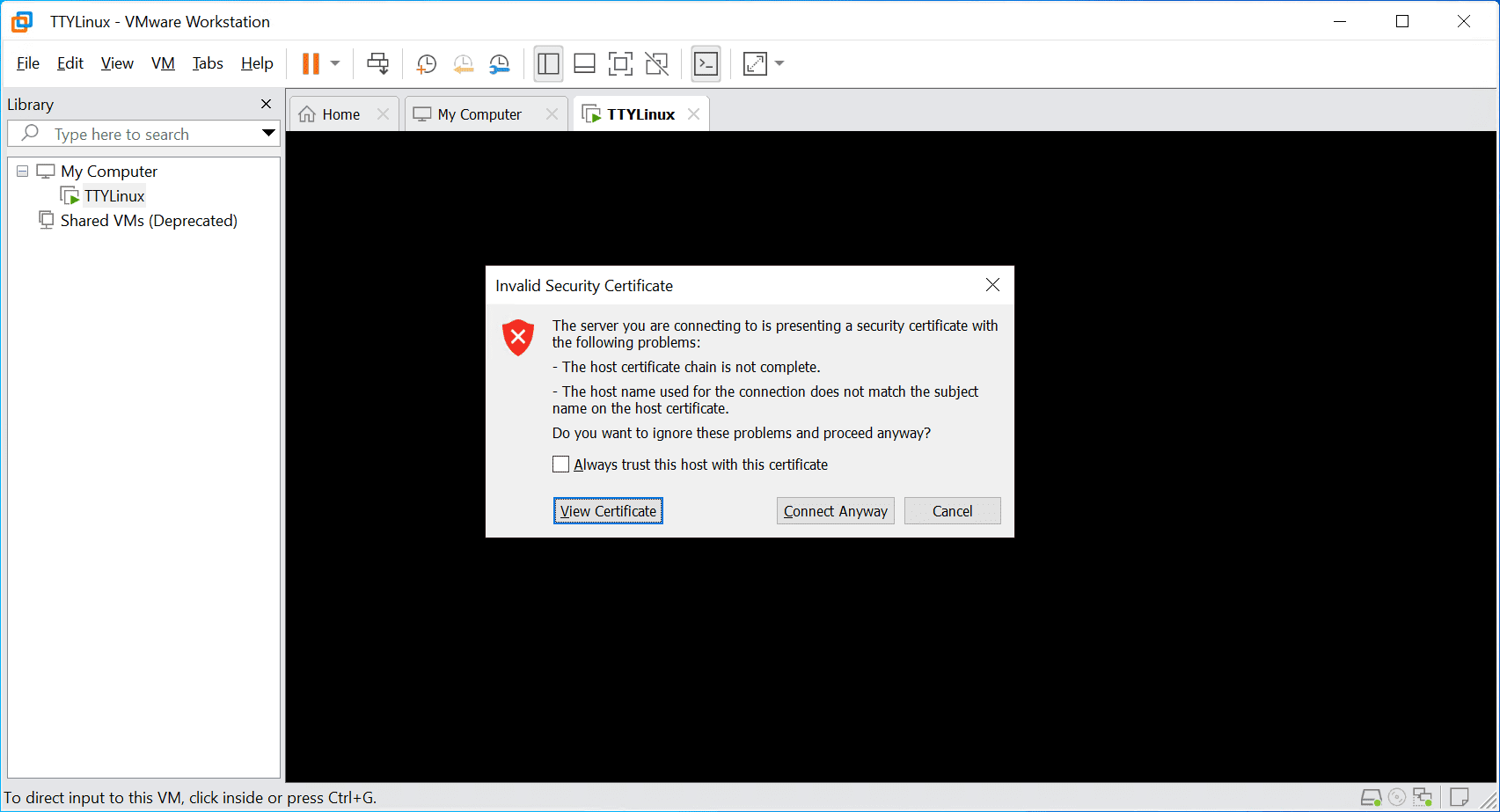
VMware Workstation will list the ESXi host in the interface once it has been successfully connected. As a side note here, you can manage an ESXi host directly from VMware Workstation. This includes power operations such as restarting or shutting down the host as well as placing the host in maintenance mode.
Now, for the actual upload process. To upload a virtual machine from VMware Wokstation, the virtual machine needs to be powered off. To kick off the upload process, click the VM > Manage > Upload option.
Now, the connection to the ESXi host established earlier, comes into play. Select the destination ESXi host for uploading the VM from VMware Workstation.
Select the destination VM name and storage location for the upload. You should see the remote ESXi datastores enumerated. Select the remote datastore on which you want to store the uploaded virtual machine.
Depending on the size of the virtual machine, this process can take some time to complete as it will upload and convert the disk format to the format needed for ESXi. However, the great thing is the Upload process takes the heavy lifting out of any manual processes to copy VMware Workstation VM to ESXi.
VMware Workstation is a great platform for home lab configurations that can even run some very complex nested virtualization scenarios and networking. This may be all that is needed for many. However, if your home lab running on VMware Workstation evolves to the point where you want to start using dedicated VMware ESXi hosts to run workloads, you may find that you want to copy a VMware Workstation VM to ESXi to save configurations or other customized software you may be running inside VMware Workstation.
By using the Upload process, you can easily upload an existing virtual machine from VMware Workstation to an ESXi server. This process converts the disk format and performs the process automatically to copy the VM to the ESXi host. The one caveat is the VM has to be powered off in VMware Workstation. However, for most home lab environments or other scenarios, this won’t matter too much.


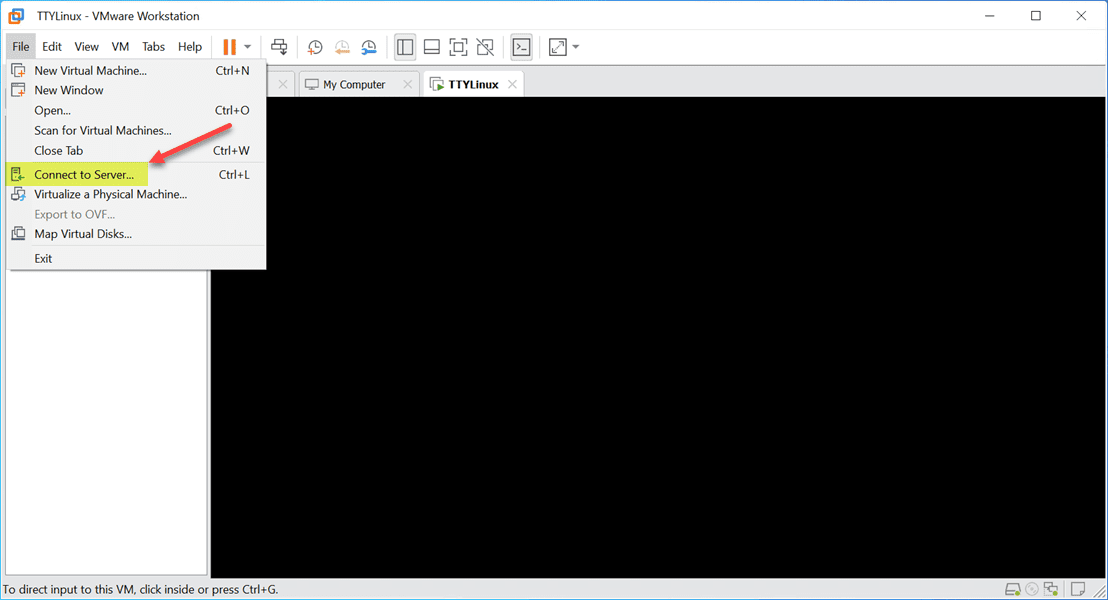
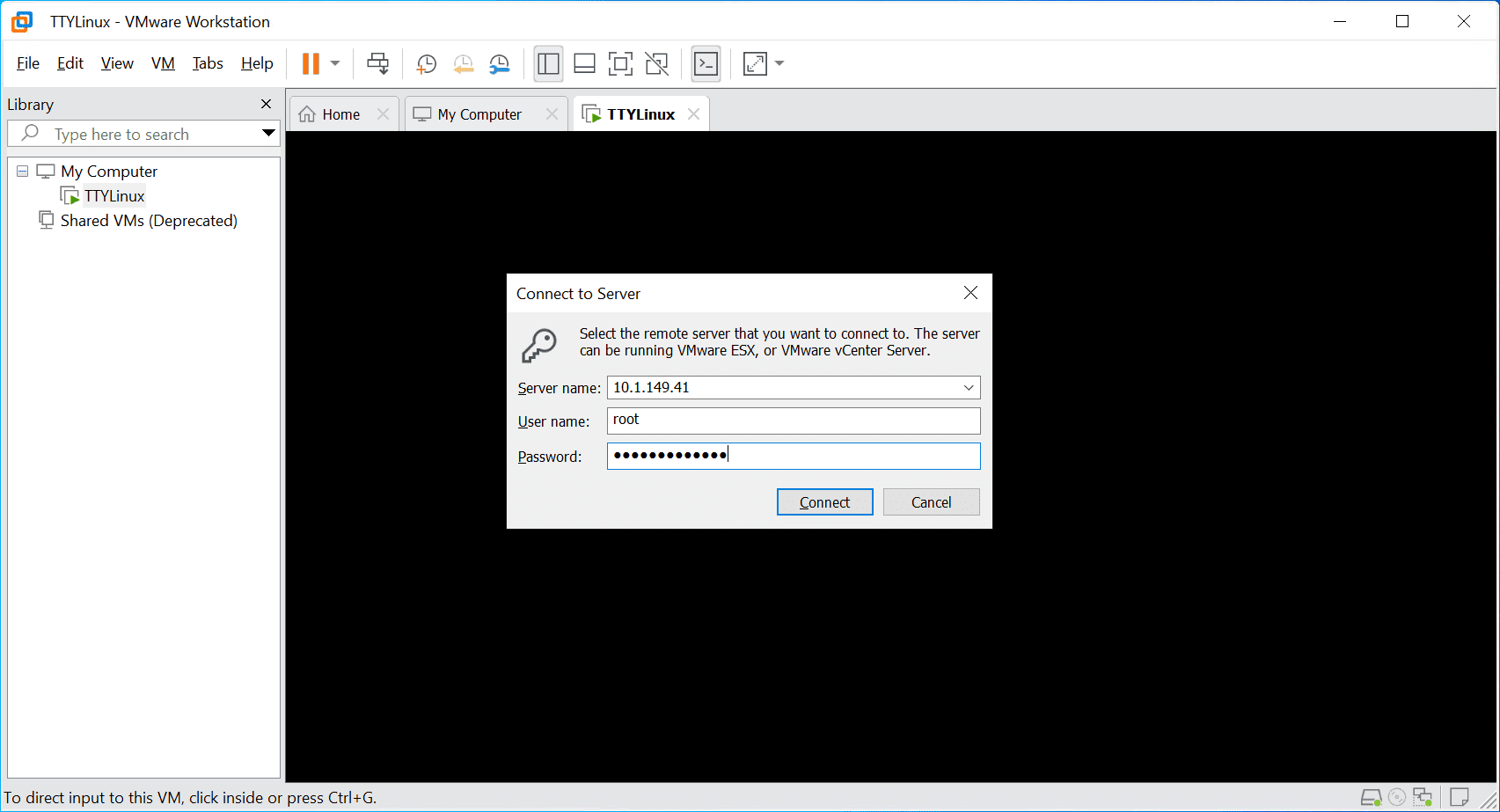
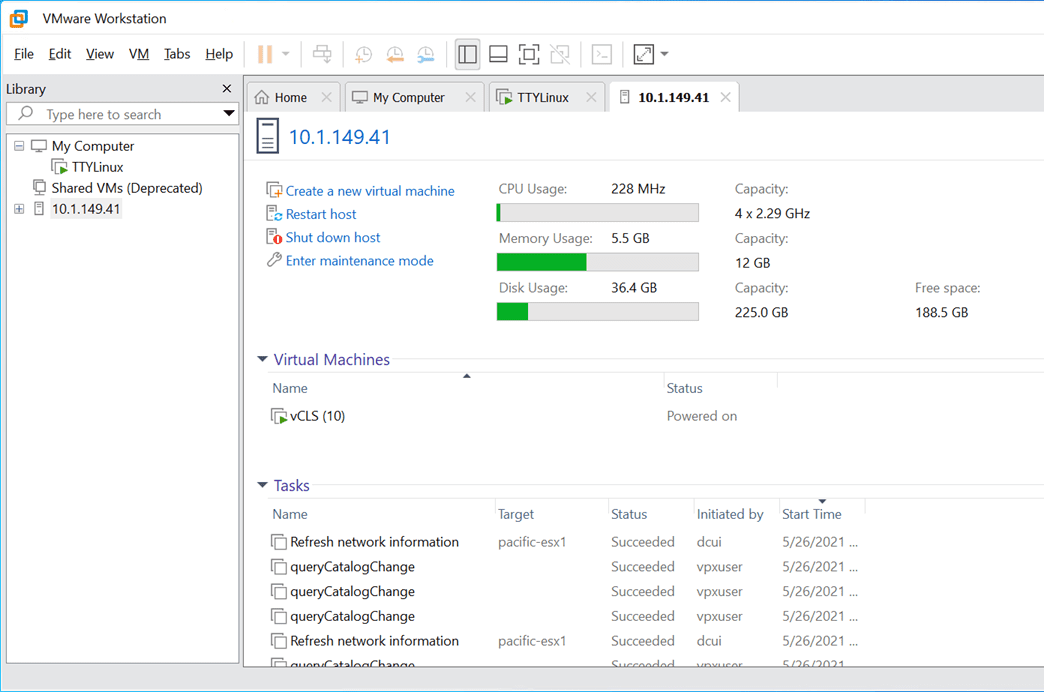
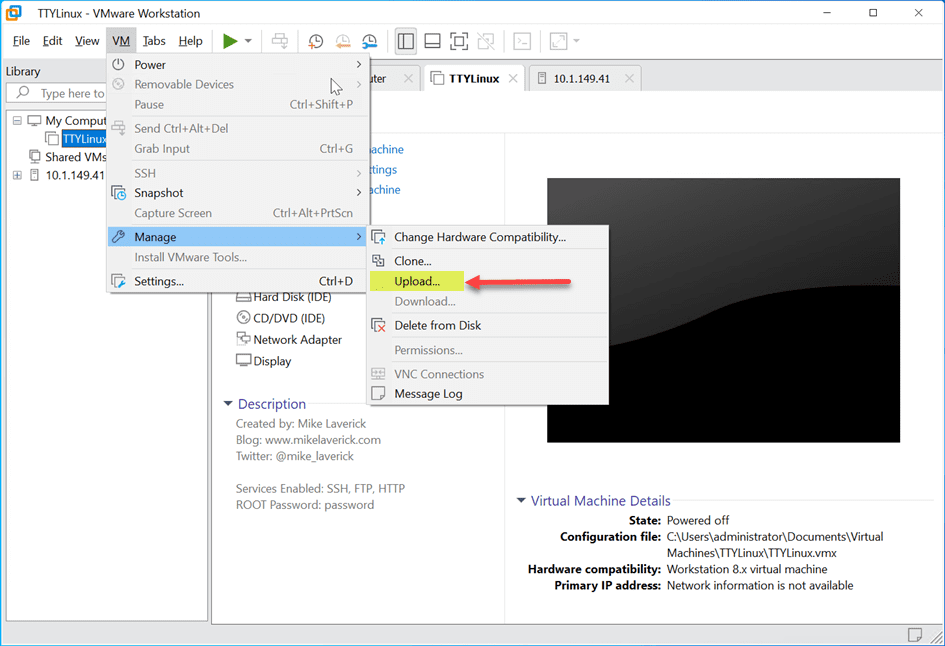
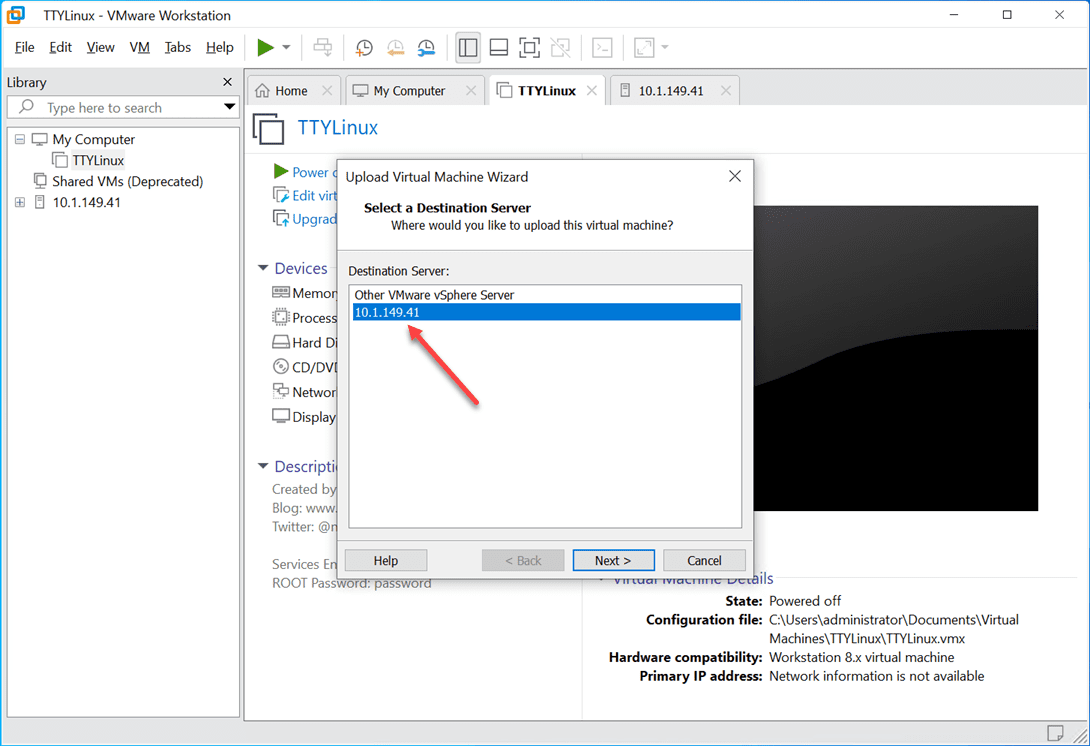
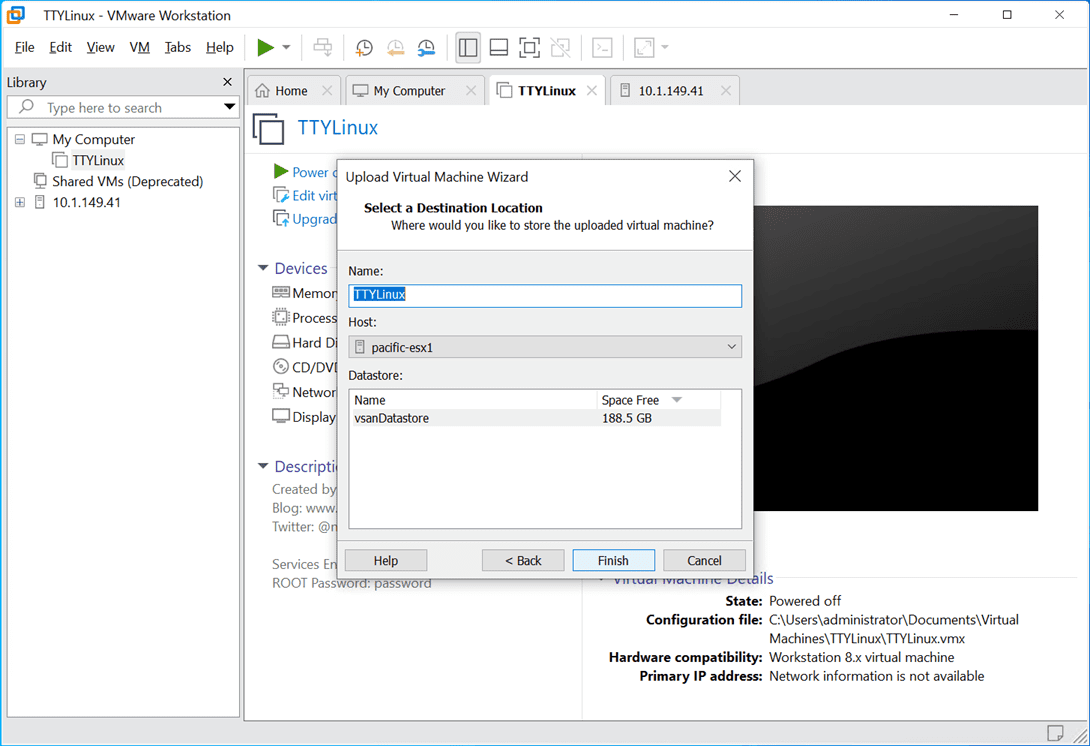
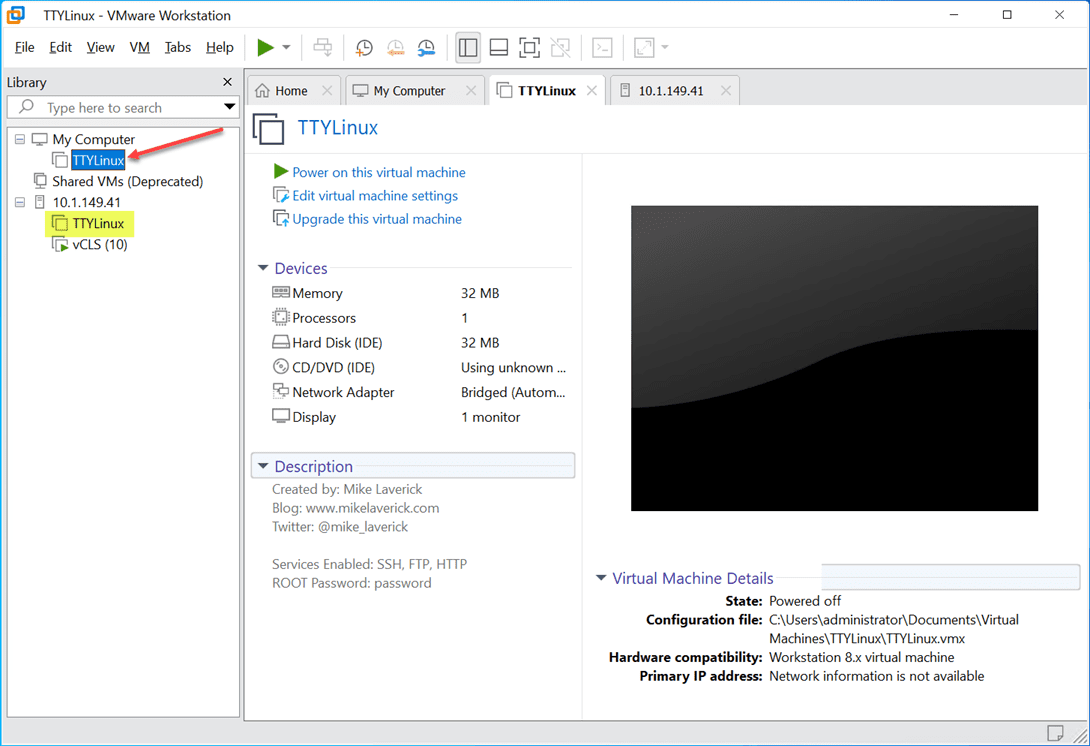





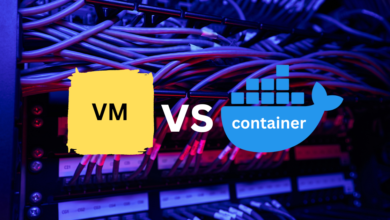



I had to use “VMware vCenter Converter” which allowed me to lower the Hardware Version from 16 to 14 since my ESXi’s weren’t compatible with the latest version of VMware Workstation. https://www.vmware.com/products/converter.html